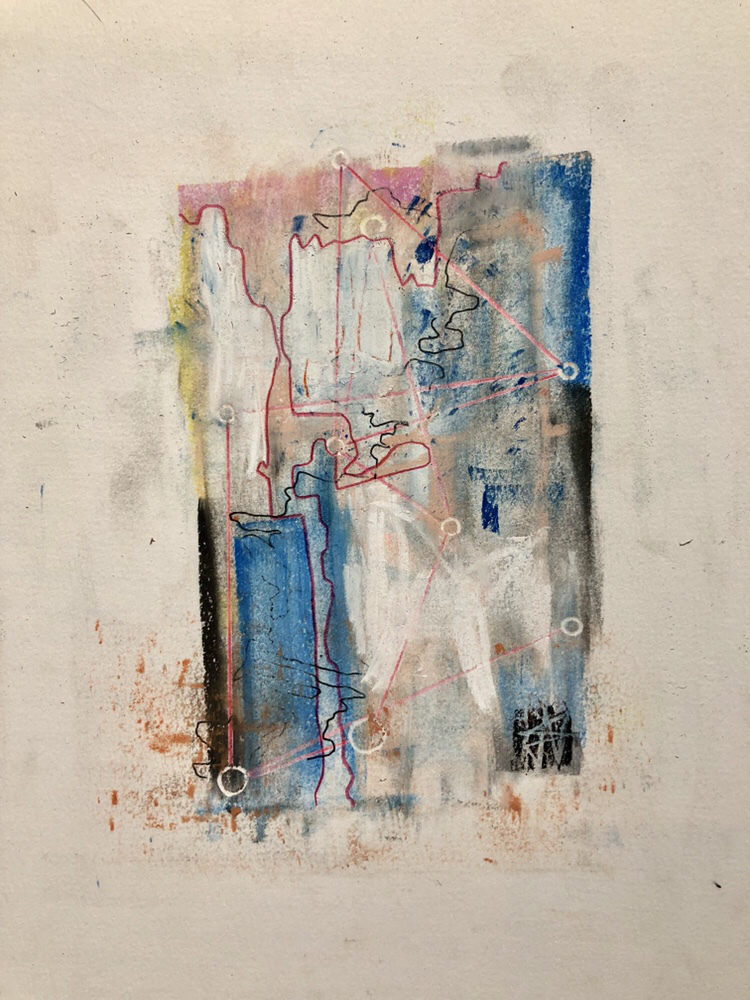It’s rare (for me) to see a muskrat out and about in the morning, but this one was not at all shy about foraging in a shallow pond right next to the road. So, lazy me, I just sat in the car and took photos out the window. What a set-up for nature photography!
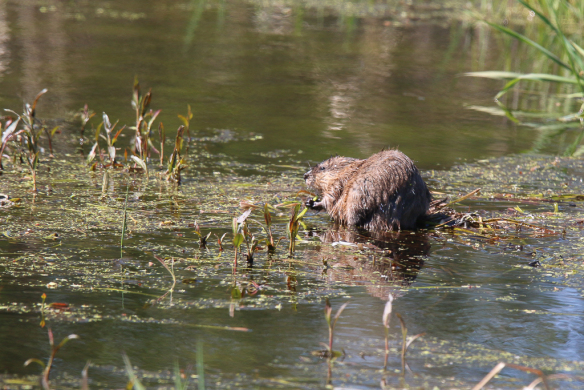
munching on tender new shoots
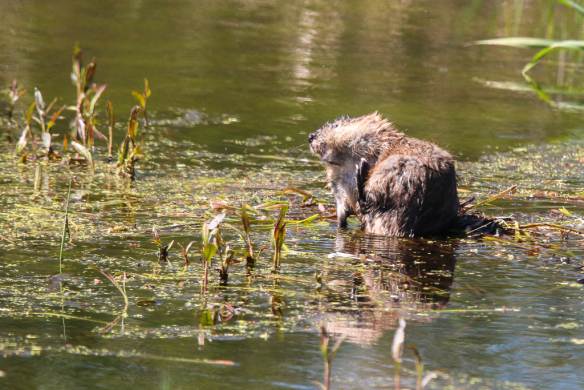
nothing like a good scratch after swimming around in stagnant water…
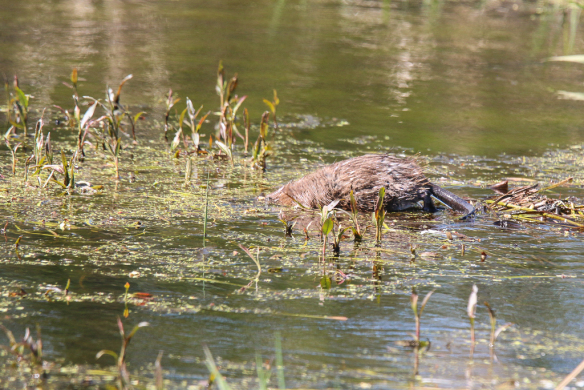
the way I usually see muskrats — without heads or tails
Muskrats are excellent swimmers, with two layers of fur to protect them from getting chilled, as well as terrific lung capacity that allows them to swim underwater for 15-20 minutes at a time. They sort of resemble a cross between a beaver and a rat, but the naked (scaly) tail is compressed side to side (vertically) rather than top to bottom (horizontally) like the beaver’s.
Despite having webbed hind feet, muskrats use their tails for propulsion while swimming, and happily chug along at 3 mph or so through their marshy homes. Presumably, the tail is also used as a rudder for steering while swimming, but then you see actions like this.
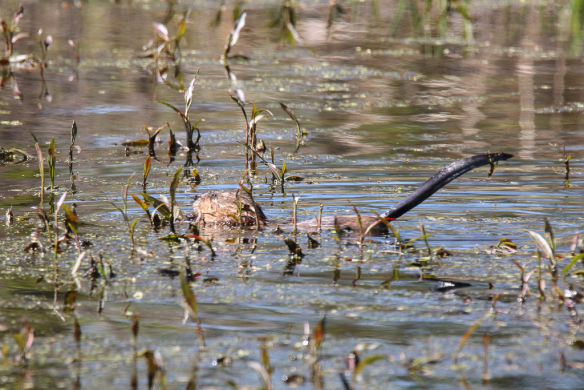
Muskrats may swim with their tail snaking behind them, but can carry it up above their bodies as well. Is this for leverage, while the muskrat chews on submerged vegetation?
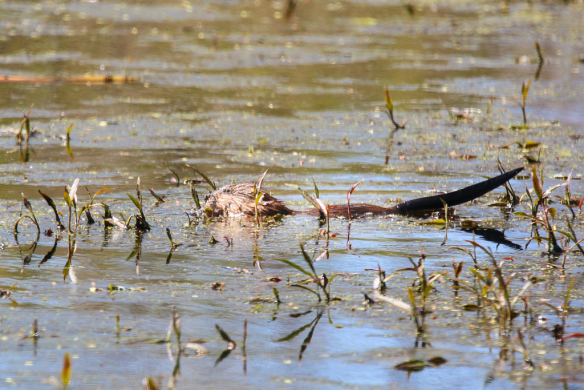
Swimming along, with its tail in the air. It did this repeatedly while swimming around this small pond.
So, why does the muskrat elevate its tail while swimming — is it marking its territory, signalling other muskrats, or just waving it in the breeze??
Share this:- More





